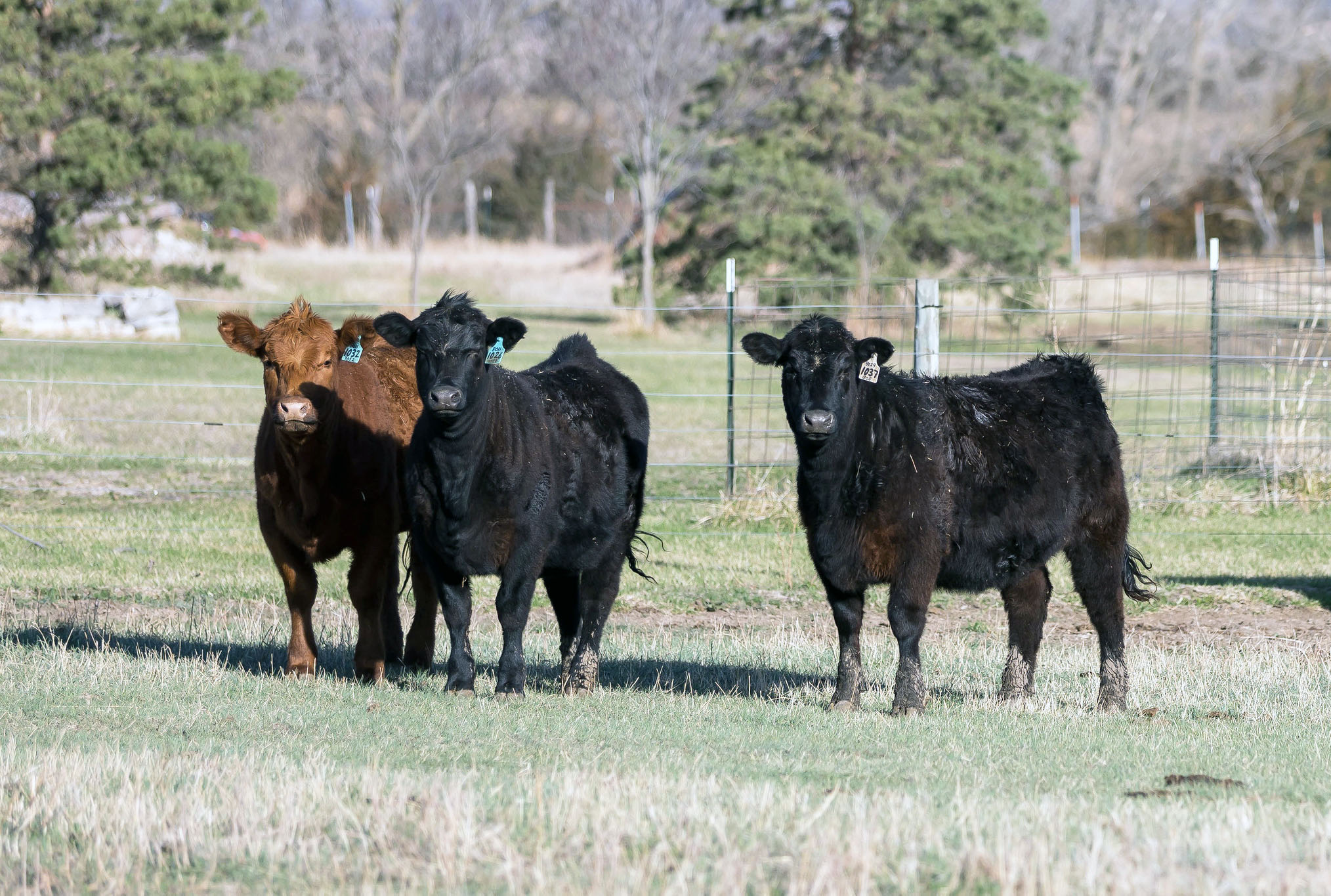K-State beef cattle experts share the pros and cons of retaining heifer calves born to first-calf heifers
Working in agriculture often involves a series of decisions, including which crops should be planted in a rotation, what inputs are most economical, and — in the case of rebuilding the cow herd — should replacement females that were born to first-calf heifers be retained?
This was the question that the Kansas State University Beef Cattle Institute experts addressed on a recent Cattle Chat podcast episode.
“There are a lot of factors that go into that decision as to whether or not keeping heifers born to heifers is a good idea, and it depends on the goal of the breeding program,” said K-State veterinarian Brad White.
White said with proper planning, beef producers can make retaining heifers born to heifers work for a herd. He said that if producers plan to do that, they need to plan and select sires that are adequate for calving ease but also offer maternal traits that are beneficial.
“I like to keep heifers born to first-calf heifers if they are born early in the breeding season and they are born to a mating that was genetically planned to create replacement females,” White said.
K-State veterinarian Bob Larson agreed, adding, “there are some AI (artificial insemination) sires that have good maternal traits while being adequate for calving ease that can make females worth considering as replacements.”
K-State nutritionist Phillip Lancaster sees one other genetic advantage of keeping replacement females born to first-calf heifers.
“I am going to boost the genetic progress of the herd overall much quicker by keeping the daughters of the youngest females in the herd,” Lancaster said.
However, Lancaster also said that it is important to look at the performance of the cow family that these potential replacement heifers are born from when making this decision.
“Take a look at the records and if that heifer is born to a proven cow line in terms of longevity and reproductive performance, that will help you make the decision about keeping the heifer calf that was born from a heifer in the herd,” Lancaster said.
Another factor to consider is the frame size of the replacement female being considered, said K-State veterinarian Brian Lubbers. The size concern relates to the pelvic size of the calf when she matures and is bred to calve her first calf.
“Some daughters born to calving ease sires may be predisposed to future calving difficulty due to their smaller frame size,” Larson said.
Lubbers also said the timing of when they were born as compared to the rest of the herd is something that should factor into the decision of keeping or selling that heifer calf.
“If the heifer calf was born late in the breeding season and she is small framed, then I would recommend producers do not retain them in the herd.”
To hear the full discussion, listen to Cattle Chat on your preferred streaming platform.
PHOTO: Cows need to be monitored for calving-related issues, according to veterinarians at K-State’s Beef Cattle Institute. (K-State Research and Extension)




